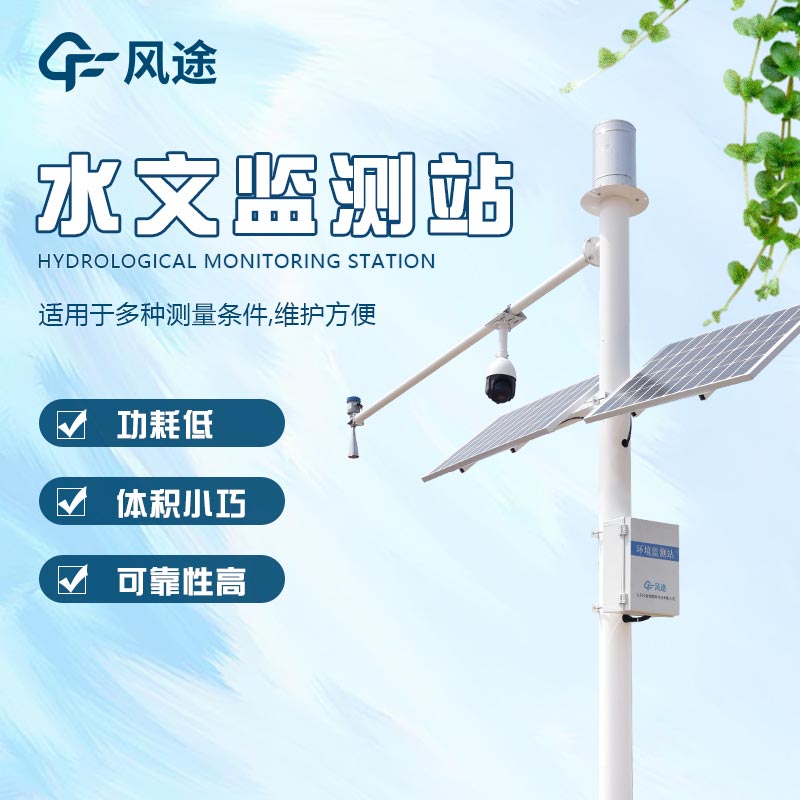The distribution of water is uneven, with significant temporal and spatial differences. By means of hydrological monitoring to accurately measure the water volume of rivers, lakes and groundwater, precious water resources can be rationally allocated, enabling irrigations in arid areas as needed and the scientific scheduling of cross-regional water conservancy projects. Meanwhile, water quality is monitored closely, with a close eye on chemical substances and microorganism indicators. Once there are signs of pollution, immediate remediation measures will be taken to ensure the sustainable use of water resources.
During the flood season, the water level and flow rate are closely watched. Once the water level approaches the warning value, prompt warnings will be issued, allowing residents along the riverbanks to reinforce embankments and evacuate safely in a timely manner. In the dry season, precipitation, water levels of rivers and lakes, and soil moisture content are monitored, based on which drought conditions are accurately judged, and drought relief efforts are carried out promptly.
The River Level Monitoring Station is a crucial part of hydrological monitoring. Radar water level gauges and ultrasonic water level gauges are more intelligent. The former measures distance by using electromagnetic wave reflection, while the latter calculates by measuring the time of ultrasonic waves. Both of them do not need to touch the water body and are not afraid of severe weather, ensuring efficient and accurate measurements.
The Open Channel Flow Monitor is suitable for open-air channels and accurately calculates the flow by using weirs and flumes and the velocity-area method. Ultrasonic and electromagnetic flow meters are mostly used in pipelines. The former makes use of the characteristics of ultrasonic waves, and the latter operates according to the law of electromagnetic induction, each showing its unique advantages in flow measurement. Doppler ultrasonic flow meters and radar flow meters can also detect the flow velocity additionally to assist in flow analysis.
There are tipping bucket, optical and radar rain gauges for rainfall monitoring, forming a “tripartite confrontation”. The tipping bucket type is simple in structure and accurate in counting, thus being widely used; the optical type has a large rain-sensing surface and records in an orderly manner; the radar type breaks through environmental limitations and conducts accurate monitoring from a long distance.
Water quality sensors and monitors cooperate with each other. The former locks in key parameters such as pH value and dissolved oxygen, while the latter integrates multiple functions. Paired with an automatic sampler, the scientific analysis of water samples is guaranteed.
In addition, there are hydrological telemetry terminals and data collectors that open up the “veins” of data transmission, accomplishing data collection, processing and transmission in one go and seamlessly connecting to the command center. These hydrological monitoring devices perform their respective functions and work in coordination, safeguarding the safety of water resources in all aspects.

Article address:https://www.sqqx.net/en/news/478.html

 +86 15898932201
+86 15898932201



